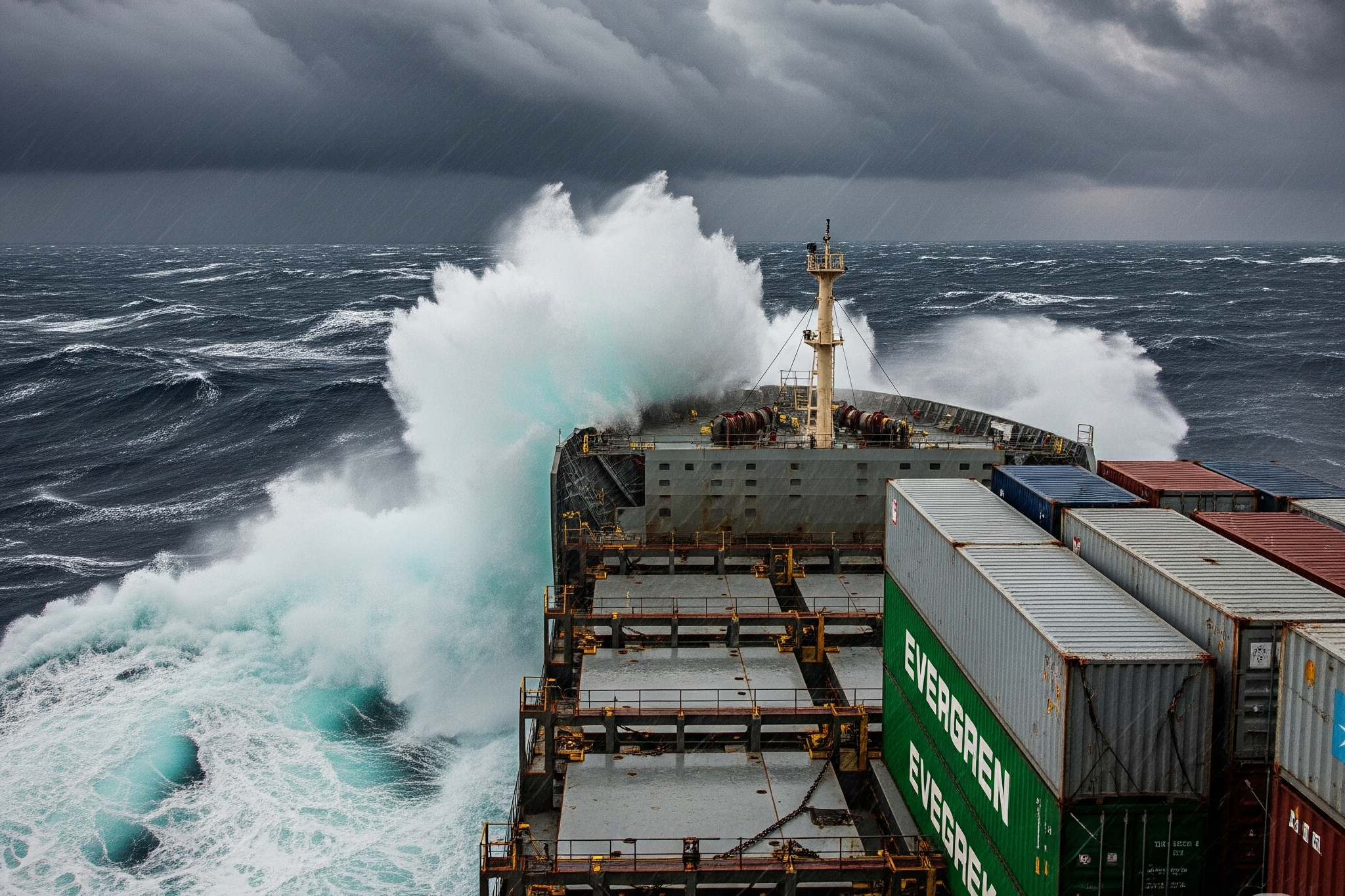In an era of advanced navigation systems and powerful vessels, it’s easy to forget that the ancient forces of nature still hold immense power over the maritime industry. Weather is a constant, dynamic factor that profoundly influences global shipping, dictating routes, timelines, and the safety of both crew and cargo. From seasonal monsoons to unpredictable storms, understanding and respecting the weather is as critical for today’s mariners as it was for their earliest predecessors.
Heavy weather is one of the most significant challenges a vessel can face. High winds and large waves can cause ships to roll and pitch violently, risking structural damage and the loss of containers overboard. In extreme cases, these conditions can threaten the stability and integrity of the ship itself. To mitigate these risks, shipping companies and vessel captains rely on sophisticated weather forecasting and route optimization services. These tools analyze vast amounts of meteorological data to predict storm paths, wave heights, and wind speeds, allowing ships to alter their course to find the safest and most efficient path. This practice, known as weather routing, is essential for protecting the vessel and ensuring the cargo arrives on time and intact.
Beyond dramatic storms, other weather phenomena also have a major impact. Dense fog can severely reduce visibility, increasing the risk of collision in congested shipping lanes like the English Channel or the Strait of Malacca. In colder climates, sea ice can block routes entirely or require the use of specialized icebreaker vessels, adding significant time and cost to voyages. Even ocean currents, which are influenced by wind and temperature, play a crucial role, as navigating with a favorable current can save significant fuel and time. The effects of climate change are adding new layers of complexity, with predictions of more frequent and intense storms and changing sea ice patterns. The shipping industry must continuously adapt, leveraging technology and meteorological science to navigate the ever-present and evolving challenges posed by the Earth’s weather.


